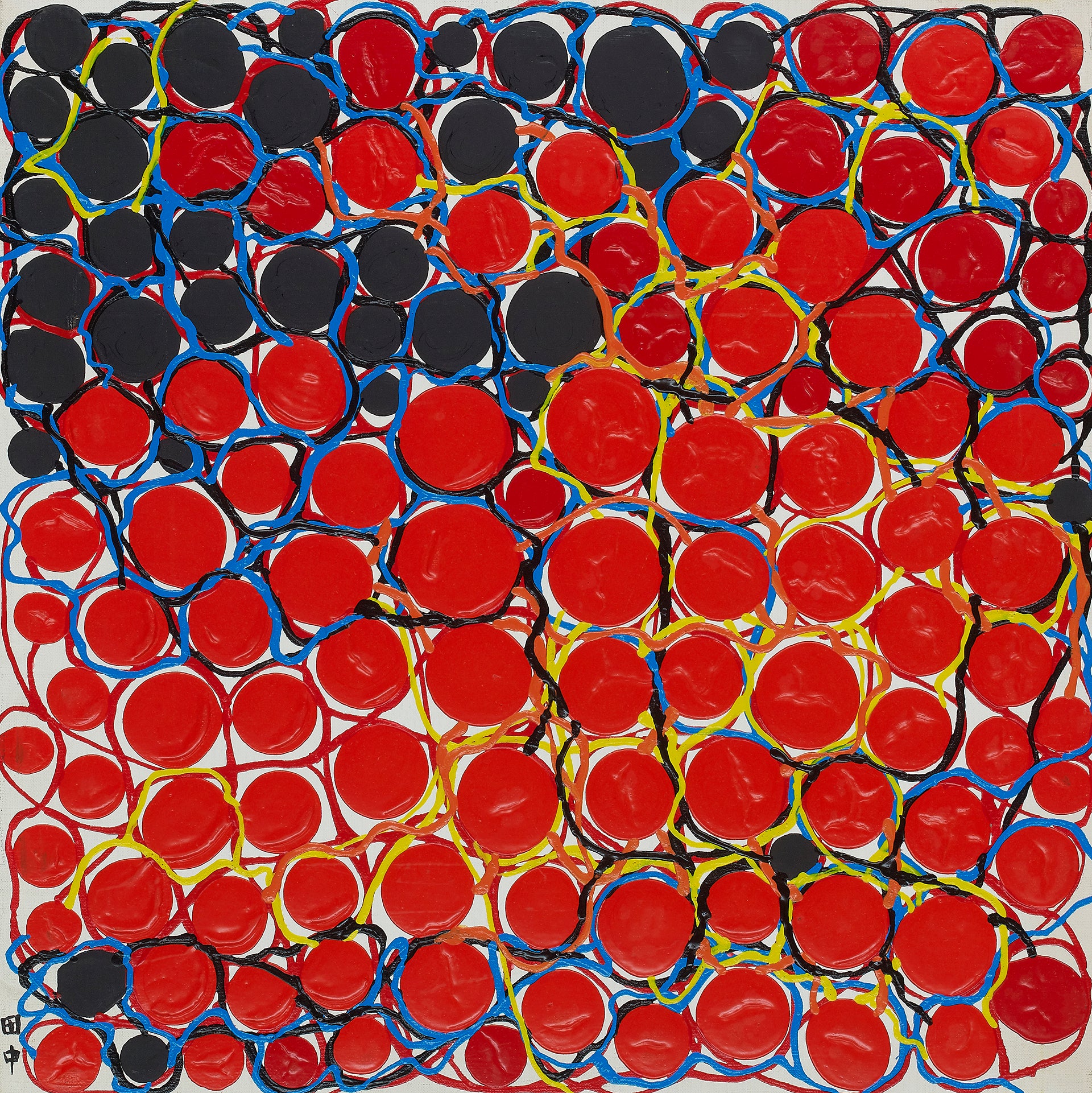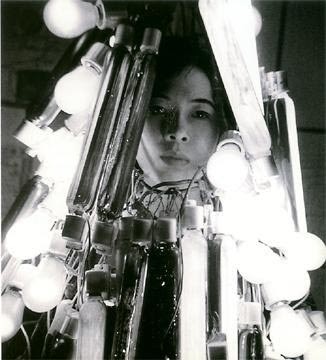COLLECTIONS
The National Museum of Modern Art (Tokyo) / The Ashiya City Museum of Art & History / Museum of Contemporary Art (Tokyo) / Hyogo Prefectural Museum of Art (Hyogo, Japan), etc.



田中敦子自1955年加入具體美術協會,隔年在〈舞台上的具體藝術〉中發表《電氣服》一作,由無數上了琺瑯顏料的燈泡及燈管組成,獨樹一格,從此獲高度矚目。她的靈感是來自由無數圓圈及線條交織而成的電路圖。田中敦子一直使用合成樹脂琺瑯彩作為創作媒材,光滑的質感和鮮豔的色彩使得作品呈現相當出眾。 田中敦子被公認和白髮一雄,元永定正為具體派早期的代表人物之一,作品參與歐美眾多重要展覽。
COLLECTIONS
The National Museum of Modern Art (Tokyo) / The Ashiya City Museum of Art & History / Museum of Contemporary Art (Tokyo) / Hyogo Prefectural Museum of Art (Hyogo, Japan), etc.
訂閱電子報讓您不錯過白石畫廊最新消息及會員獨家好康資訊